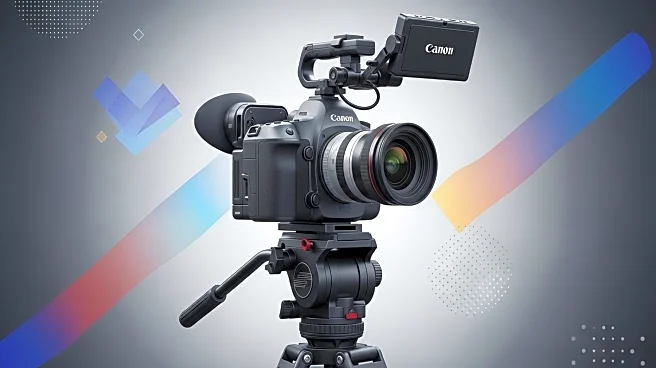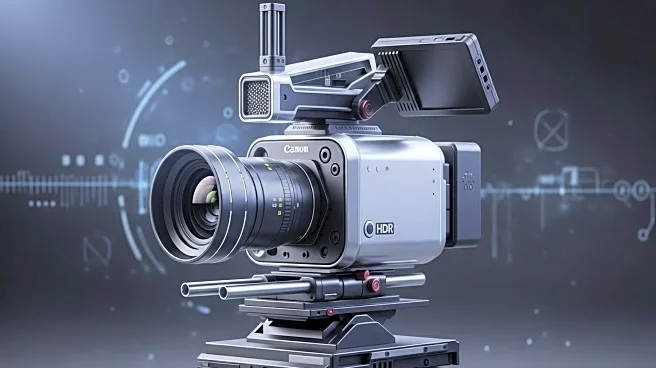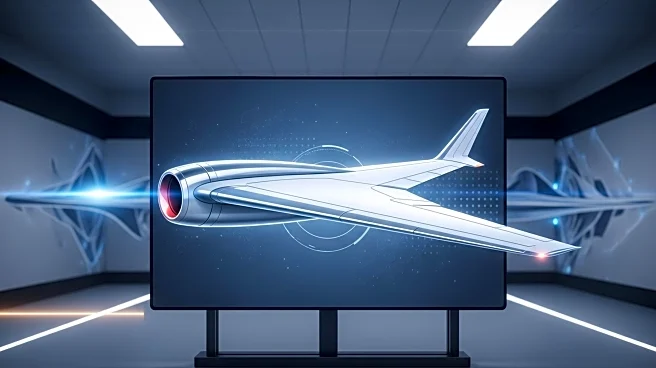Videography, as a field, has undergone significant transformation since its inception. Initially, it was seen as the video counterpart to cinematography, focusing on capturing moving images on electronic media. With
technological advancements, particularly the advent of digital video recording, videography has expanded to include a wide array of digital formats and applications.
Founding or Discovery
Videography
emerged as a distinct field with the development of electronic media capable of recording moving images. It was initially tied closely to cinematography, which used film stock for recording. The transition to electronic media marked the beginning of videography as a separate discipline.
Key Contributors
The evolution of videography has been driven by technological advancements and the contributions of innovators in the field of electronic
media. The introduction of digital video recording played a pivotal role in shaping modern videography, allowing for greater flexibility and creativity in capturing and editing video content.
Design
or Method
Videography involves a comprehensive process that includes video production and post-production methods. The design of videography has evolved to incorporate digital animation, gaming, web streaming, and other digital
media formats. This evolution has enabled videographers to create content entirely on computers using software solutions.
Early Reception
The early reception of videography was marked by its comparison to
cinematography. As digital video recording became more prevalent, videography gained recognition as a versatile and dynamic field capable of producing high-quality video content for various applications, including education, entertainment, and broadcasting.

 Discover Daily
Discover Daily 









